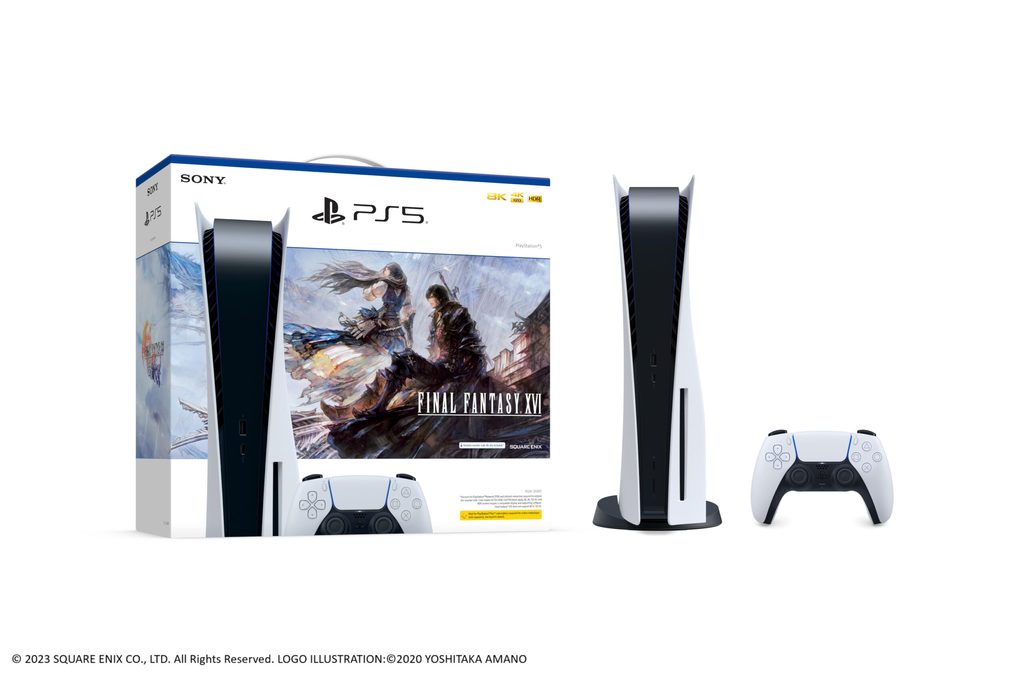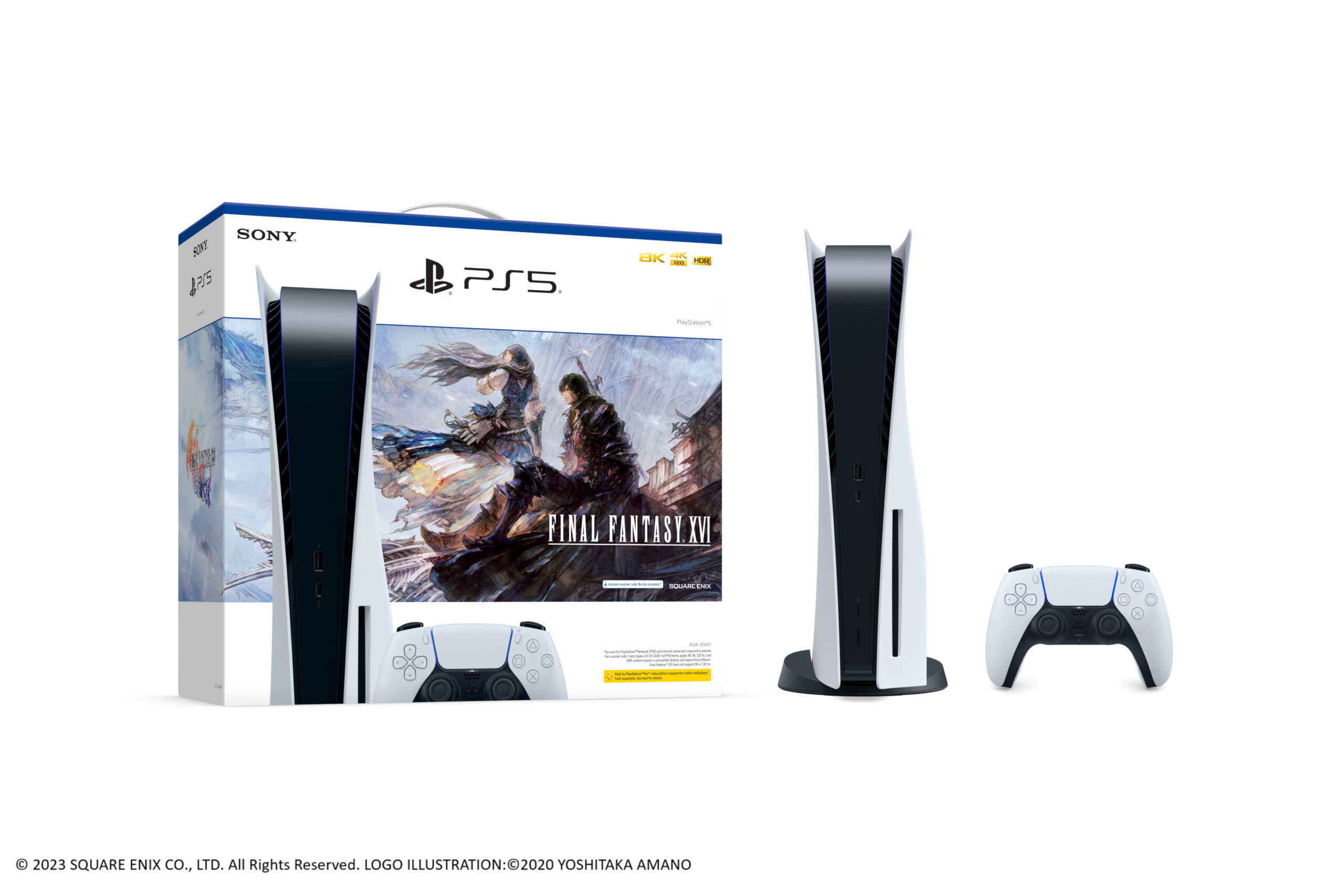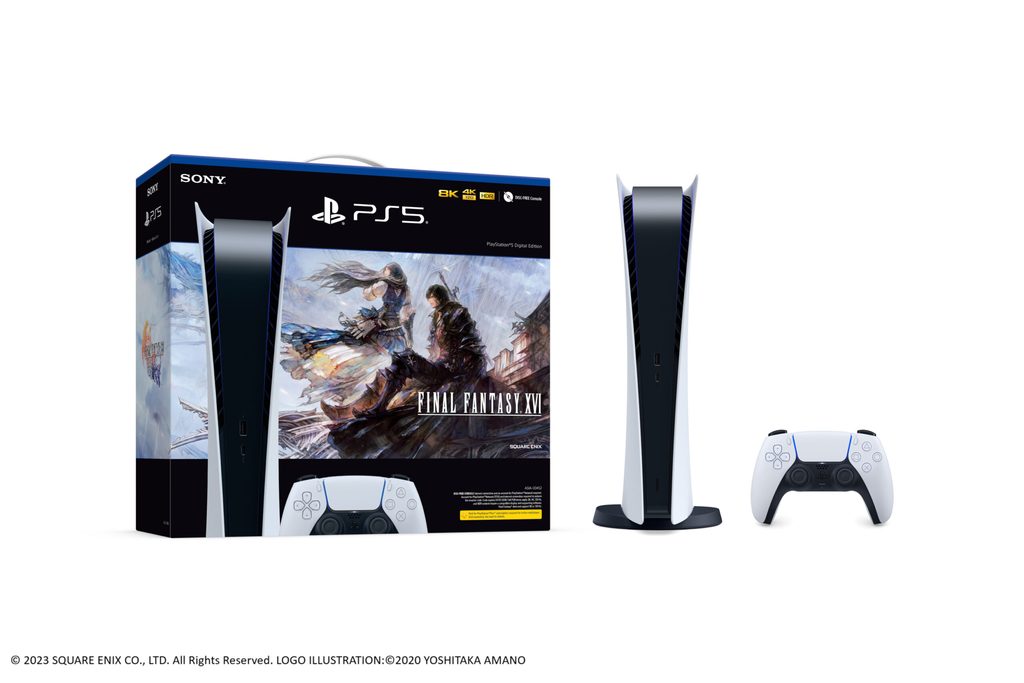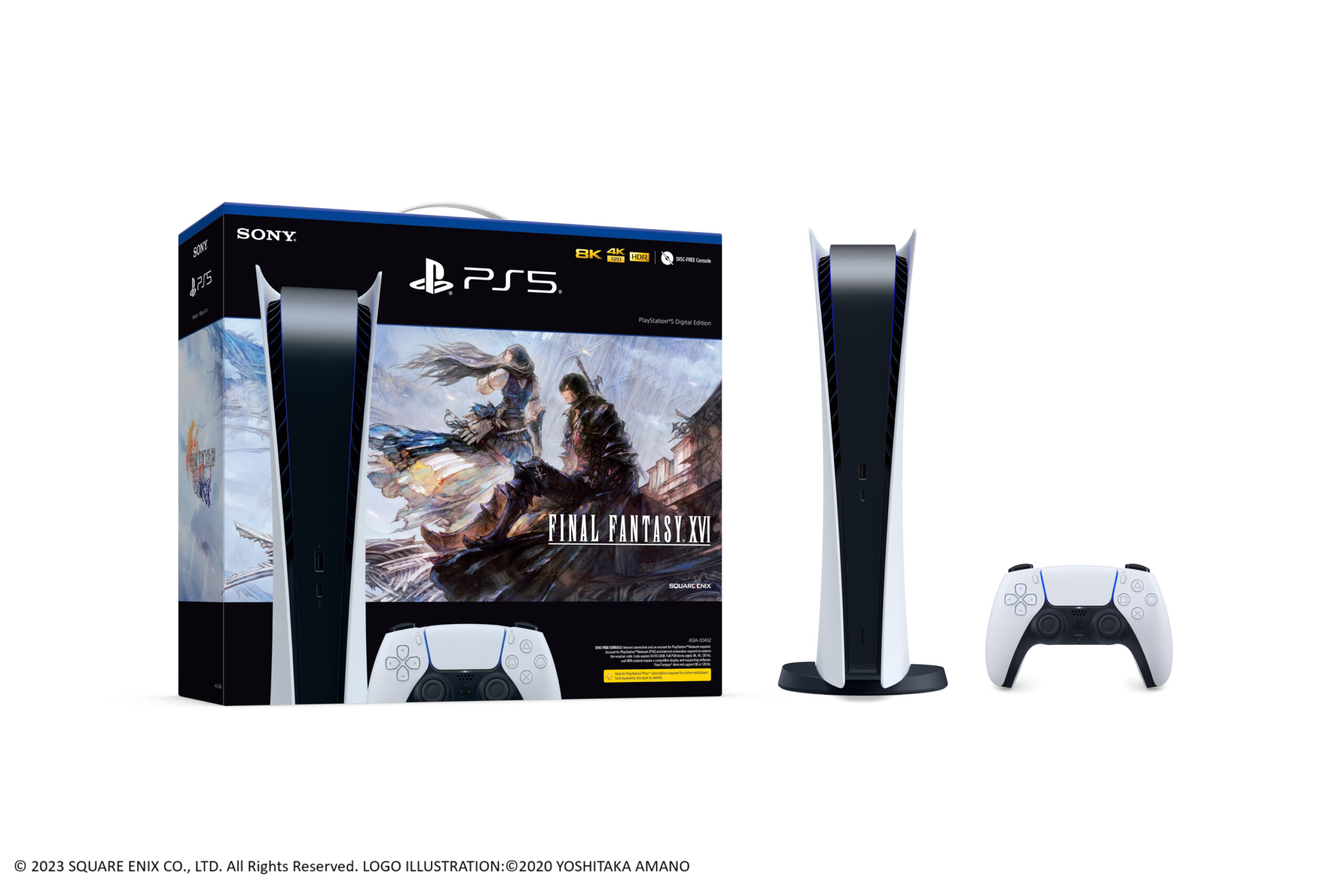Diablo IV will let you skip its campaign with a press of a button, but don’t think you can just bypass the forces of Hell — you’ll need to finish the campaign first.
In the latest Diablo IV video titled, Inside the Game: Your Class Your Way, a brief shot shows characters being able to skip the campaign. That way, players don’t have to redo all of the story content again with future characters they create. Diablo global community development director Adam Fletcher clarified that players will have to beat the game at least once in order to skip future campaign reruns.
Lead quest designer Don Adams also noted that players can skip the campaign at any time, including at the character creation screen or after. Furthermore, he says that there are other uses as well. Players can explore different classes with alternative accounts before settling on a favorite, replay their favorite parts of the story, or grab a specific quest reward before skipping to endgame content.
Diablo has a long history of deep endgame content that can stretch over months or years, with players rolling up new characters and trying to beat increasingly difficult dungeons. Diablo 3 made it possible to access its version of the endgame, Adventure Mode, by going straight to its rifts, but Diablo 4 streamlines it still further with a simple button.
A lengthy grind
This is a good way to respect a player’s time because, according to Diablo IV’s director, it will take at least 150 hours to reach level 100. Additionally, it will take around 80 hours to complete each season’s battle pass.
Diablo IV launches on June 6, 2023, for PC, PS4, PS5, Xbox One, and Xbox Series X|S. In IGN’s Diablo IV review in progress, we said, “I continue to adore its build-crafting system, the joy of spontaneous alliances that its online model allows for, and the surprisingly engaging combat, which was made even better with the new classes in play.”
Diablo IV is going to have a final beta test from May 12 to 14 called “server slam” which will stress test the game’s online infrastructure.
George Yang is a freelance writer for IGN. He’s been writing about the industry since 2019 and has worked with other publications such as Insider, Kotaku, NPR, and Variety.
When not writing about video games, George is playing video games. What a surprise! You can follow him on Twitter @Yinyangfooey







